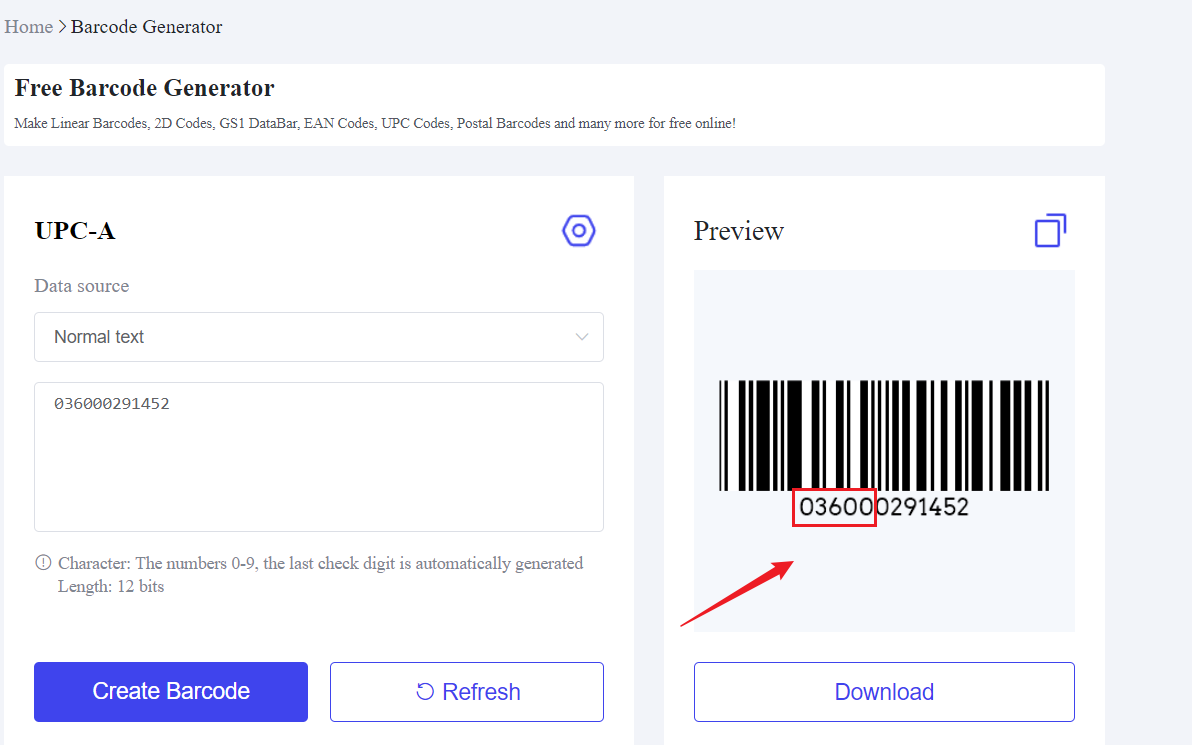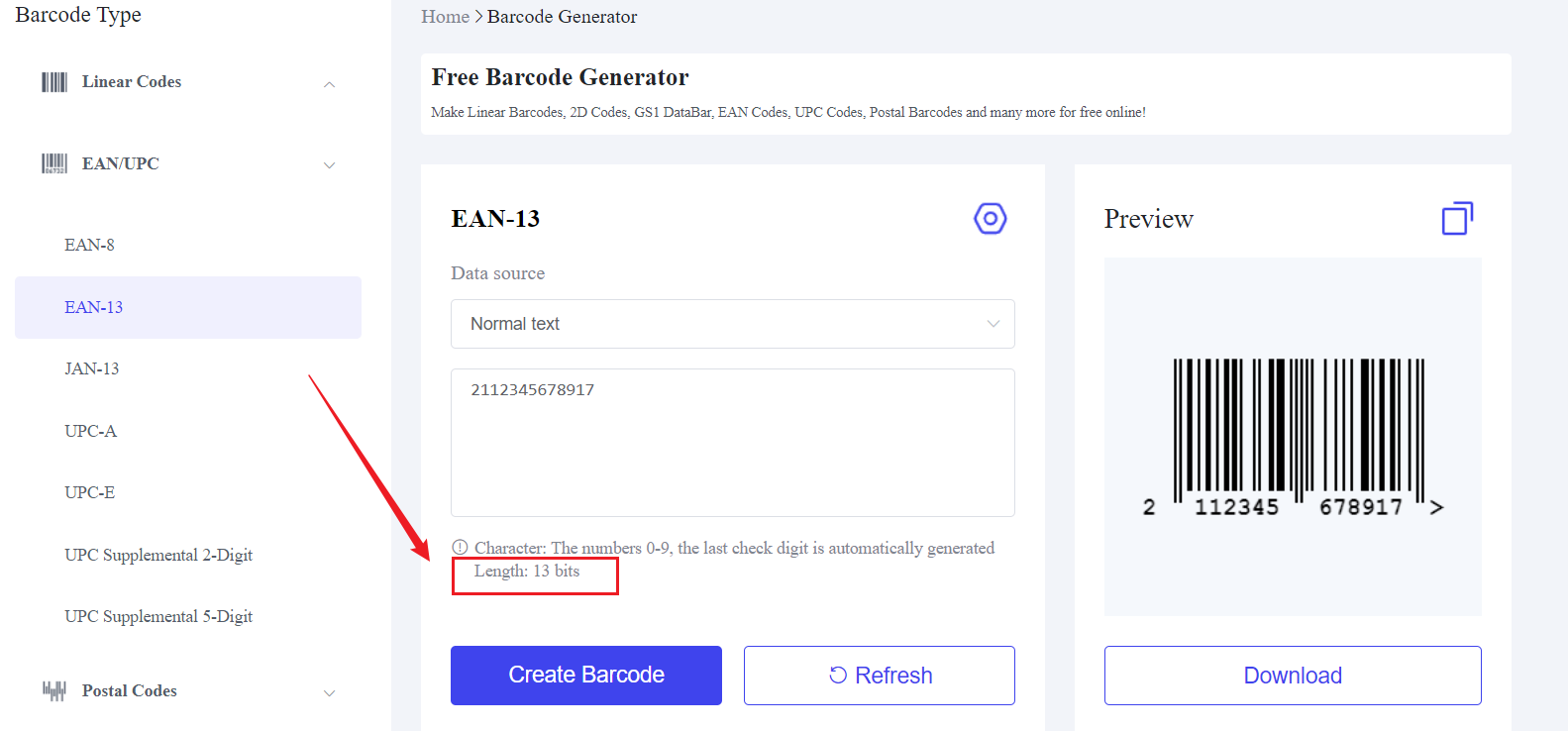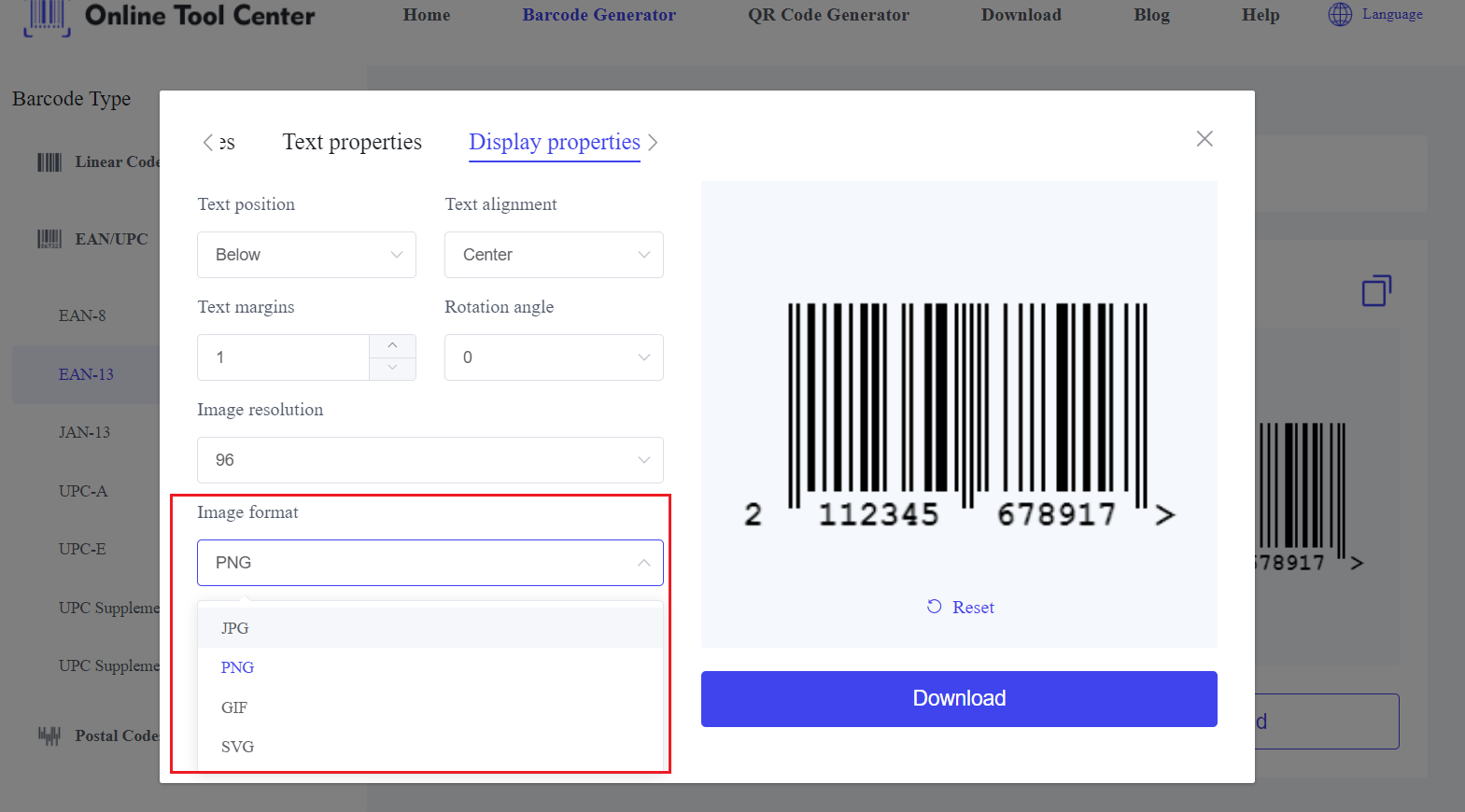If you're looking to generate barcode from number, you're in the right place.
This guide will walk you through the process, explain the barcode number meaning, and show you how to use our free barcode generator to convert any number to barcode efficiently.
Understanding Barcode Numbers
Before learning the process of generating barcodes, it's crucial to understand what a barcode number is and what it represents.
Many barcodes, like UPC and EAN, consist of a series of digits encoding information about a product, such as the manufacturer and item number. Some barcodes, like Code 128, can also include batch or serial numbers.
What's the Meaning of Barcode Numbers?
Understanding the barcode number meaning is essential for effective inventory management and product tracking.
Each part of a barcode number serves a specific purpose, encoding critical information about the product.
1. Manufacturer Identifier
The initial digits in a barcode number typically represent the manufacturer. This identifier is assigned by a governing body, such as GS1, which ensures uniqueness and standardization across different products and industries.
For instance, in a UPC code like 036000291452, the first six digits (036000) identify the manufacturer.

2. Item Number
Following the manufacturer identifier, the subsequent digits represent the specific product. This item number distinguishes one product from another within the same manufacturer.
In our example, the digits 29145 specify the product code assigned by the manufacturer.

3. Check Digit
The final digit in a barcode number is the check digit. This digit is calculated using a specific algorithm based on the preceding digits.
The check digit helps verify the accuracy of the entire barcode number during scanning. If the check digit doesn't match the expected value, the barcode scanner will recognize an error, ensuring data integrity.
How to Generate Barcode from Numbers?
Generating a barcode from a number is a simple process, thanks to online tools like our free barcode generator.
Here's a detailed, step-by-step guide:
Step 1: Choose the Barcode Type
The first step is to determine the type of barcode you need based on your specific application.
Different industries and use cases may require different types of barcodes.
For example, UPC (Universal Product Code) barcodes are commonly used in retail, while Code 39 barcodes might be used in manufacturing or logistics.
Step 2: Format the Number Correctly
Ensure that the number you wish to convert to a barcode is in the correct format. Each type of barcode has specific requirements regarding the number of digits and their arrangement.
For instance, a UPC-A barcode must contain exactly 12 digits, while an EAN-13 barcode requires 13 digits.
It's important to format your number correctly to avoid errors during the barcode generation process.

Step 3: Use the Online Barcode Generator
Visit our free barcode generator online. Enter the formatted number into the provided input field.
Select the appropriate barcode type from the dropdown menu based on your previous decision.
Our tool supports various barcode formats to cater to different industry standards.
Step 4: Generate the Barcode
After entering your number and selecting the barcode type, click on the "Create" button. The tool will process your input and create a barcode image.
This image visually represents the number in a machine-readable format, which can be scanned by barcode readers.
Step 5: Download and Implement the Barcode
Once generated, you can download the barcode image in various formats, such as PNG, JPG, GIF, or SVG.
These formats ensure compatibility with different printing and digital systems.
The downloaded barcode can then be printed and affixed to your products or integrated into your digital inventory systems, ensuring accurate and efficient tracking.

Converting Number to Barcode: Practical Applications
1. Retail
In retail environments, barcodes are vital for streamlining checkout processes and managing inventory.
By converting a product number to a barcode, retailers can quickly scan items at the point of sale, reducing manual entry errors and speeding up transactions.
Barcodes also facilitate automated inventory tracking, helping retailers maintain accurate stock levels.
2. Inventory Management
Warehouses and distribution centers rely heavily on barcodes for tracking inventory.
Converting part numbers to barcodes allows for precise, real-time tracking of stock levels.
This accuracy helps prevent overstocking or stockouts, ensuring efficient supply chain operations and reducing storage costs.
3. Manufacturing
Manufacturers use barcodes to track components and finished products throughout the production process.
By converting serial numbers to barcodes, manufacturers can maintain precise records from assembly to shipping. This tracking helps in quality control, inventory management, and meeting regulatory compliance standards.
In short, generating a barcode from a number is a crucial skill across various industries, from retail to healthcare.
By understanding the barcode number meaning and following the steps outlined above, you can easily convert any number to barcodes.
Visit our free barcode generator and streamline your inventory management today.




